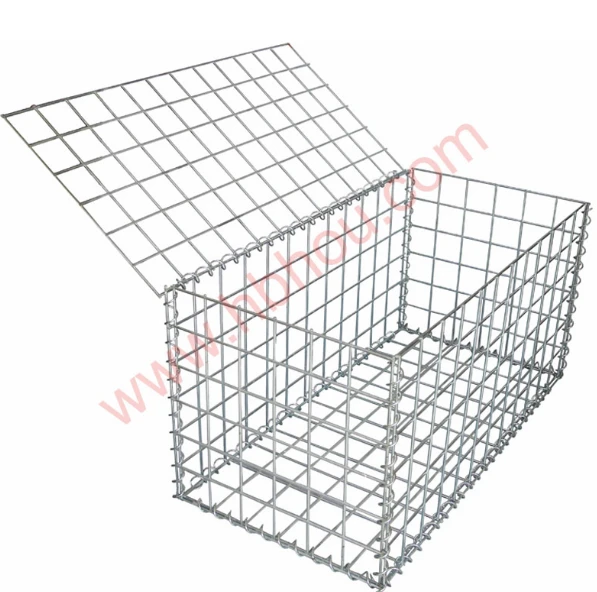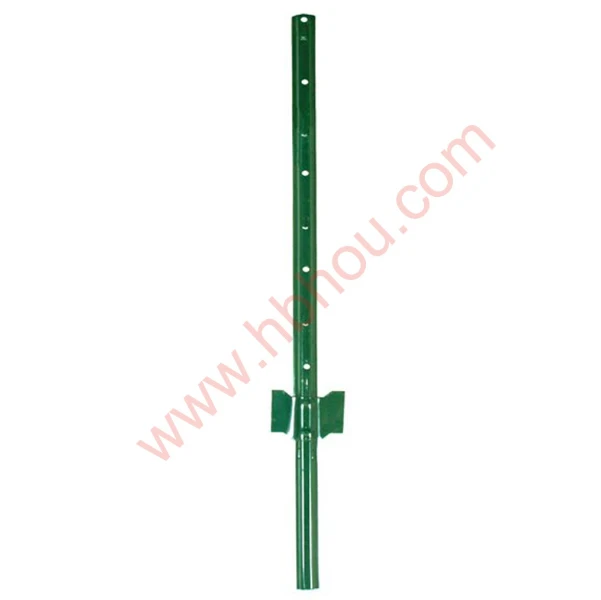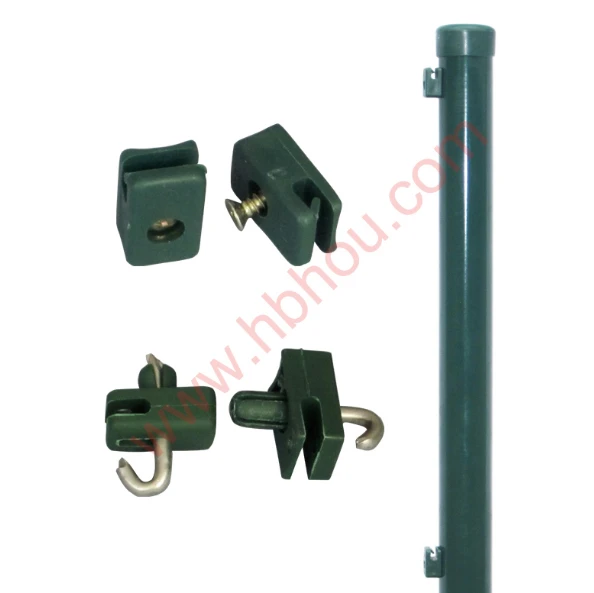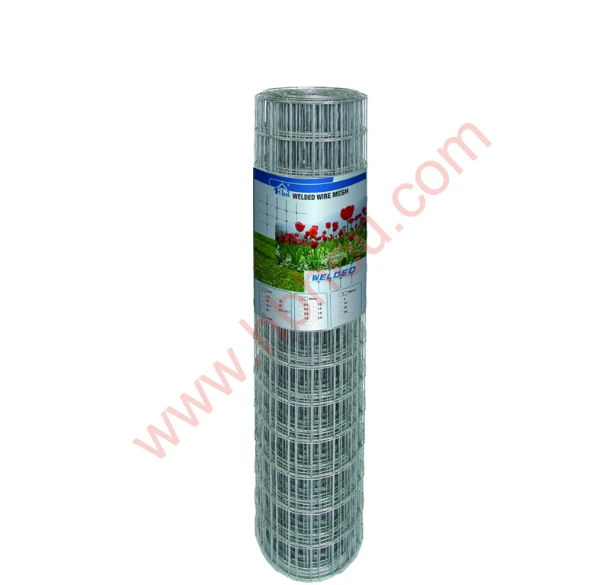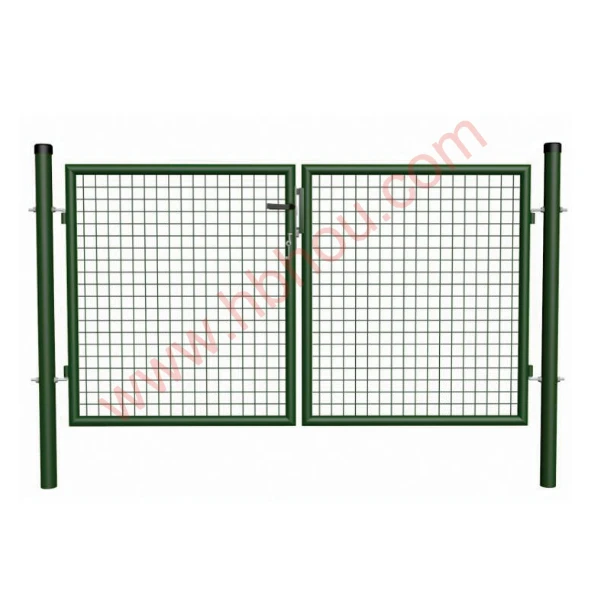Understanding the Steps Involved in Electric Fencing A Comprehensive Guide
Electric fencing has become an increasingly popular option for various applications, from agricultural practices to property security. Installing an electric fence can seem daunting at first, but understanding the steps involved can simplify the process. In this article, we will explore in detail the steps to set up an electric fence effectively.
Step 1 Planning the Fence Line
Before diving into installation, it is crucial to plan where the electric fence will be located. Start by determining the purpose of your fence—whether it is to manage livestock, deter wildlife, or secure your property. Next, outline the area you wish to enclose. It’s advisable to walk the perimeter, marking key points with stakes or flags. Consider natural barriers, terrain changes, and the layout of your property to ensure a practical design.
Step 2 Checking Local Regulations
Once you have a layout in mind, check with local authorities regarding regulations or restrictions for electric fencing in your area. Some regions have specific laws governing the height, voltage, and even the type of materials that can be used for electric fencing. Ensuring compliance will prevent any legal issues down the line.
Step 3 Selecting Materials
The next step involves choosing the right materials for your electric fence. Essential components include
- Fence Posts These can be wooden, metal, or fiberglass, depending on the type of fence and the terrain. - Wire Commonly used wire types include high-tensile steel and poly wire. The gauge and type should be chosen based on the intended use and animal type. - Insulators These prevent the electric current from grounding through the posts. Select insulators that fit your chosen posts. - Energizer (Power Source) The energizer or charger is the heart of the system, generating the electric pulse that deters animals or intruders. It can be powered by AC mains, battery, or solar energy.
Step 4 Installing Fence Posts
After gathering all your materials, it's time to install the posts along the marked perimeter. Use a post driver or shovel to dig holes for the posts, ensuring they are placed at regular intervals—usually between 10 to 20 feet apart, depending on the fence type. Posts should be buried at least one-third of their length for stability. After placing the posts, fill the holes with soil or cement for extra support.
step in electric fence

Step 5 Attaching the Wire
With the posts securely in place, the next step is to run the electric wire. Begin by attaching the wire to the insulators on the terminal posts, ensuring that the wire is taut but not overly tight to prevent snapping. If you are using multiple strands of wire, maintain consistent spacing between each strand. This spacing will prevent animals from sneaking under or over the fence.
Step 6 Setting Up the Energizer
Once the wire is in position, it’s time to install the energizer. Connect it according to the manufacturer’s instructions, ensuring that all connections are secure and weather-resistant. If using a battery or solar-powered energizer, position it in an area with sufficient sunlight or near a power source. Ensure the grounding system for the energizer is effective, typically requiring at least one grounding rod driven into the soil.
Step 7 Testing the Fence
Before declaring your electric fence operational, testing is essential. Use a voltage tester to check the current running through the wire. Ensure it meets the safety requirements and intended purpose. Walk the perimeter to inspect for any potential issues, such as vegetation touching the wire, which can ground the system.
Step 8 Maintenance and Safety Precautions
With the electric fence installed, regular maintenance is key to its longevity. Check for vegetation overgrowth that might interfere with the wires, inspect the energizer for proper functioning, and replace any damaged components as necessary. Also, ensure that anyone coming into contact with the fence is aware of its electric nature to avoid accidents.
Conclusion
Setting up an electric fence involves careful planning, selecting appropriate materials, and thorough installation procedures. By following these steps, you can create an effective boundary for livestock containment or property protection, ensuring the safety and security that electric fencing provides. Always prioritize safety and compliance with local regulations to make the most of your investment in electric fencing solutions.









